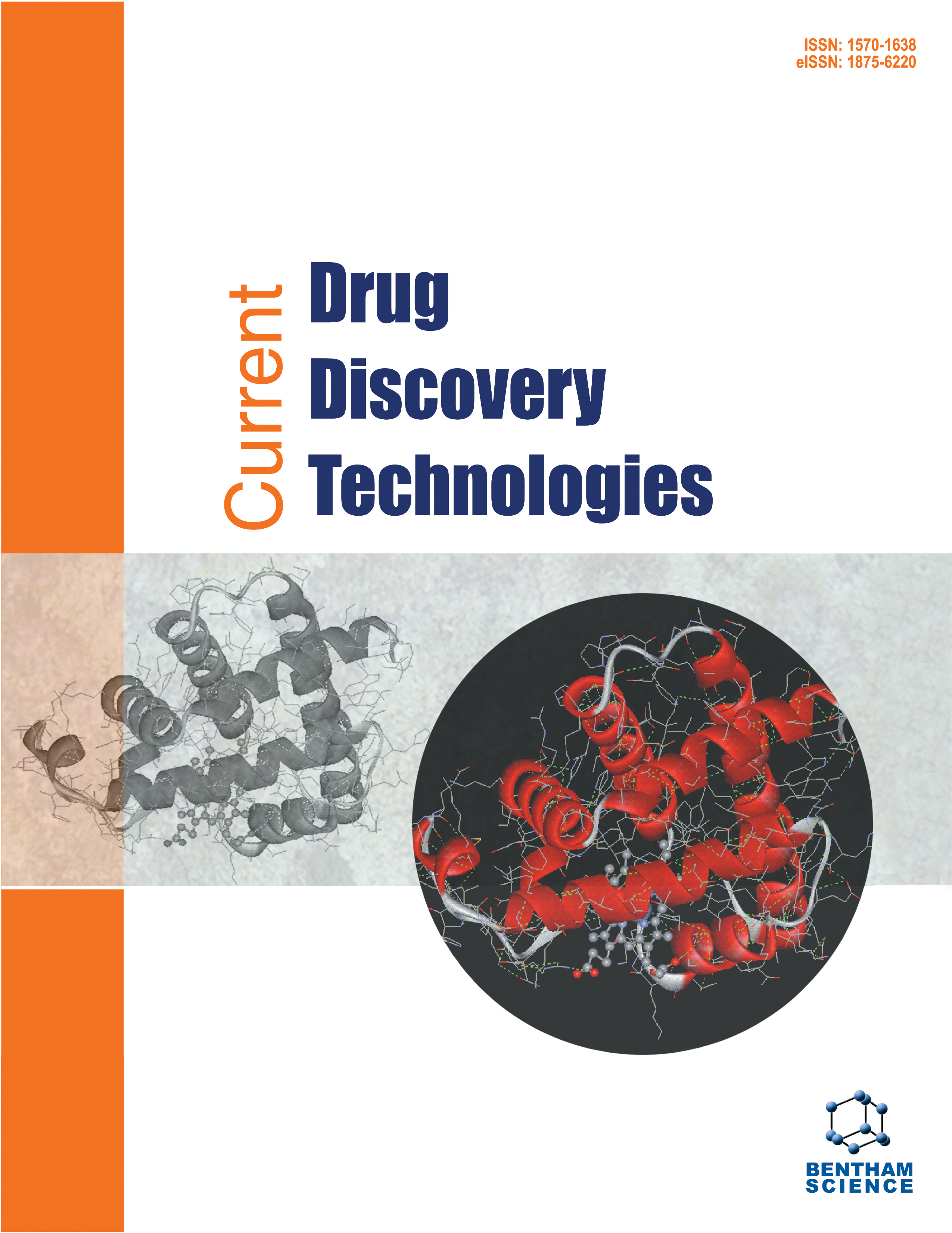- Home
- A-Z Publications
- Current Drug Discovery Technologies
- Previous Issues
- Volume 3, Issue 4, 2006
Current Drug Discovery Technologies - Volume 3, Issue 4, 2006
Volume 3, Issue 4, 2006
-
-
Monoclonal Antibody Therapies Targeting Pancreatic Ductal Adenocarcinoma
More LessAuthors: Kevin Engelhardt, Christopher Riley, Laurence Cooke and Daruka MahadevanPancreatic ductal adenocarcinoma (PDA) is a lethal disease with a poor prognosis where incidence mirrors mortality. Gemcitabine and gemcitabine plus erlotinib (epidermal growth factor receptor tyrosine kinase inhibitor) are the only FDA approved therapies for unresectable or metastatic PDA and are at best palliative. Hence, considerable efforts have been initiated to identify novel targets for monoclonal antibody (Mab) therap Read More
-
-
-
Engineered Tissue as a Model to Study Cell and Tissue Function from a Biophysical Perspective
More LessCells, tissues and organs function in a three-dimensional (3D) environment. Ideally, cell-based models that capture both the 3D organization and multi-cellular complexity of the native system provide the most powerful tools for screening the effects of therapeutic candidates. This approach to drug discovery bridges tissue engineers, who are constructing 3D tissues, with biologists, who are studying healthy versus diseased state Read More
-
-
-
Pathway Analysis for Design of Promiscuous Drugs and Selective Drug Mixtures
More LessAuthors: Andrey Sivachenko, Andrey Kalinin and Anton YuryevThe decrease in the drug approval rate by the FDA and the recent failure of some blockbuster drugs has prompted a re-examination of the focus of the pharmaceutical industry on increasing drug selectivity. As a result, it has been proposed that the most efficient cure is in developing promiscuous drugs and selective drug mixtures. Rational design of drug mixtures has been nearly impossible due to the lack of informat Read More
-
-
-
Formulation of Transdermal Drug Delivery System: Matrix Type, and Selection of Polymer- Their Evaluation
More LessAuthors: Rajesh Kaza and R. PitchaimaniGoatskin is used instead of rat-skin to study the permeation and the results are compared. The percentage of permeation is double in goatskin. We have five different oils to study, how they influence permeation and all of them have improved permeation when used on goatskin. To analyze further two parameters-percentage and rate of permeation are used. When these five oils are used with salicyclic acid on goatskin the f Read More
-
Volumes & issues
-
Volume 22 (2025)
-
Volume 21 (2024)
-
Volume 20 (2023)
-
Volume 19 (2022)
-
Volume 18 (2021)
-
Volume 17 (2020)
-
Volume 16 (2019)
-
Volume 15 (2018)
-
Volume 14 (2017)
-
Volume 13 (2016)
-
Volume 12 (2015)
-
Volume 11 (2014)
-
Volume 10 (2013)
-
Volume 9 (2012)
-
Volume 8 (2011)
-
Volume 7 (2010)
-
Volume 6 (2009)
-
Volume 5 (2008)
-
Volume 4 (2007)
-
Volume 3 (2006)
-
Volume 2 (2005)
-
Volume 1 (2004)
Most Read This Month
Article
content/journals/cddt
Journal
10
5
false
en


